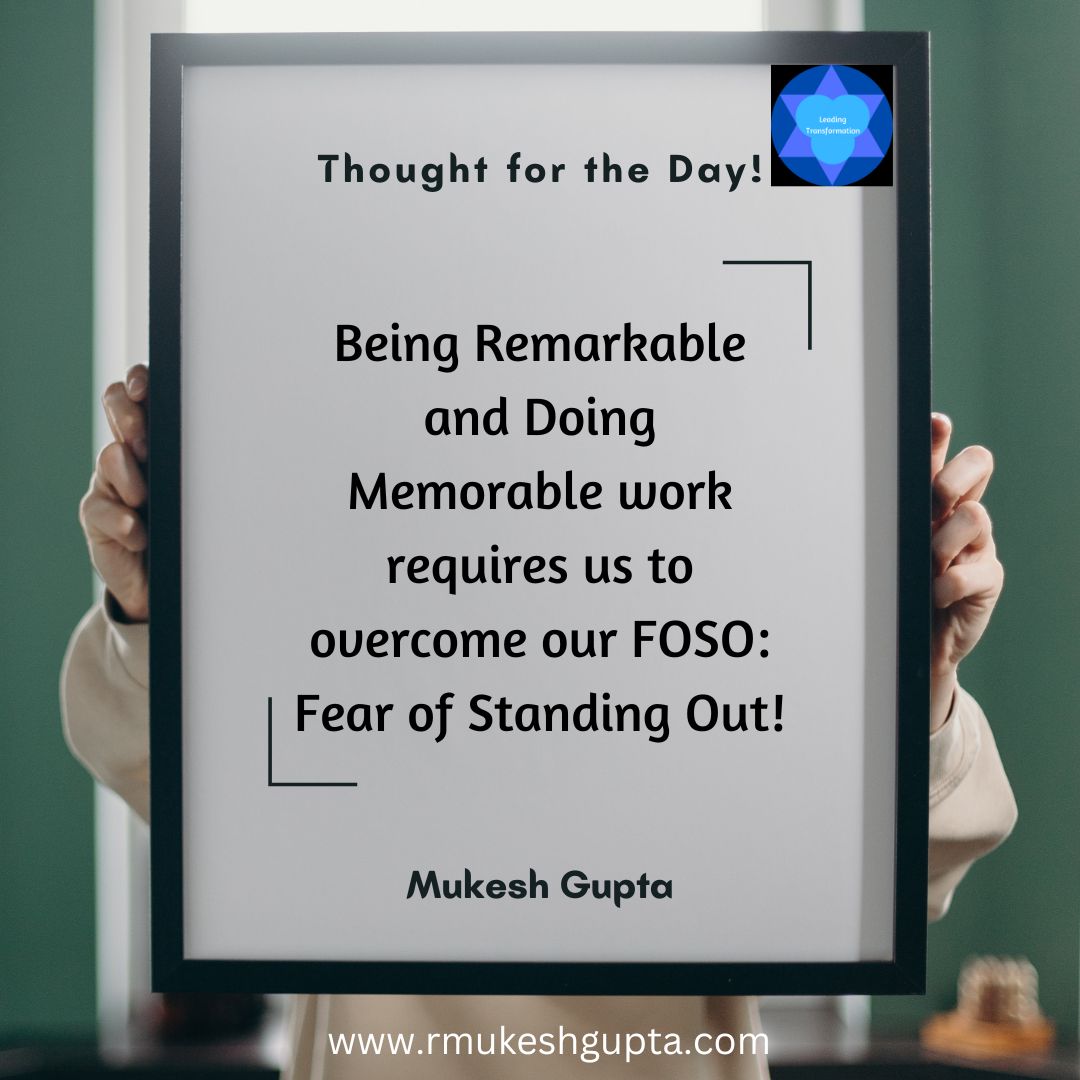
One of the most important and most talked about topics in the recent times in business circles has been “Disruptive Innovation”. Thanks to the book written by Clay Christensen – “The Innovators Dilemma” and his ability to explain the phenomenon in a few industries, the concept of disruption and disruptive innovation has become a common lexicon in the business circles.
One of the industries that is on the verge of being disrupted is the logistics industry. The entire logistics industry is based on the assumptions that production and consumption happen at different locations and hence there is a need for transporting these goods from the location of production to the location of consumption.
Now consider the following trends that you see playing out:
- 3D printing is slowly but surely making its presence felt. Given a few years of consistent growth and innovation, it could slowly turn mainstream.
- The rise of hyper-personalization. There is a lot of activity happening in the fringes where the hyper personalization movement is currently playing out. In my opinion, in a few years, that will also gain momentum and become mainstream. The popularity and the premium that this brings in to the businesses that offer hyper-personalization, will mean that more and more businesses will want to offer this to their customers.
Both these trends will feed on each other and will encourage each other. This will mean that more and more businesses will want to set-up a process to produce hyper-personalized products, as close to their customers as is practically possible (as the shipping costs for such material in the traditional sense tends to be prohibitive).
If I were the CEO of Fedex:
So, if I were the CEO of Fedex, I would already start experimenting with 3D printing and explore if they can set-up these 3D printers and offer printing services to their clients before their clients set these up. This can prove to be a beneficial to everyone involved:
Fedex:
- They become a pioneer in a new and emerging business
- They not only retain their clients but also can benefit from economies of scale (as their initial capital investment can be used for multiple products of multiple clients).
Brands:
- They will be able to experiment with the hyper-personalization a lot more as the overall cost of failure for them reduces drastically as they will only be using services from players like Fedex instead of setting up 3D printing facilities.
- They can also explore and experiment with their supply chains to enable some of these 3D printing experiments start to pay-off
Consumers:
- We all benefit from the fact that we get hyper-personalized products, which we seemingly want more and more.
Economy:
- This helps create an ecosystem of brands (both small & big) to experiment with 3D printing and come up new innovations .
- This can also help spur a new class of workforce, solopreneurs, who design new products and then use the prevalent 3D printing facilities to distribute their products.
- This can also help 3rd world countries to leap-frog an entire generation of industrialization and enter the generation of hyper-personalization. These printers would be easier to set-up and operate in these countries than setting up or importing a lot of brands. This could help spurn a new generation of entrepreneurs in these countries.
So, if I were the CEO of Fedex, I would already be experimenting with 3D printers and how they can be used by their clients to hyper-personalize their products. The risk of doing this and failing is much smaller than not doing this and getting left behind.
Your Turn:
These are my opinions. What do you think?





One thought on “If I were the CEO of FedEx..”
Comments are closed.